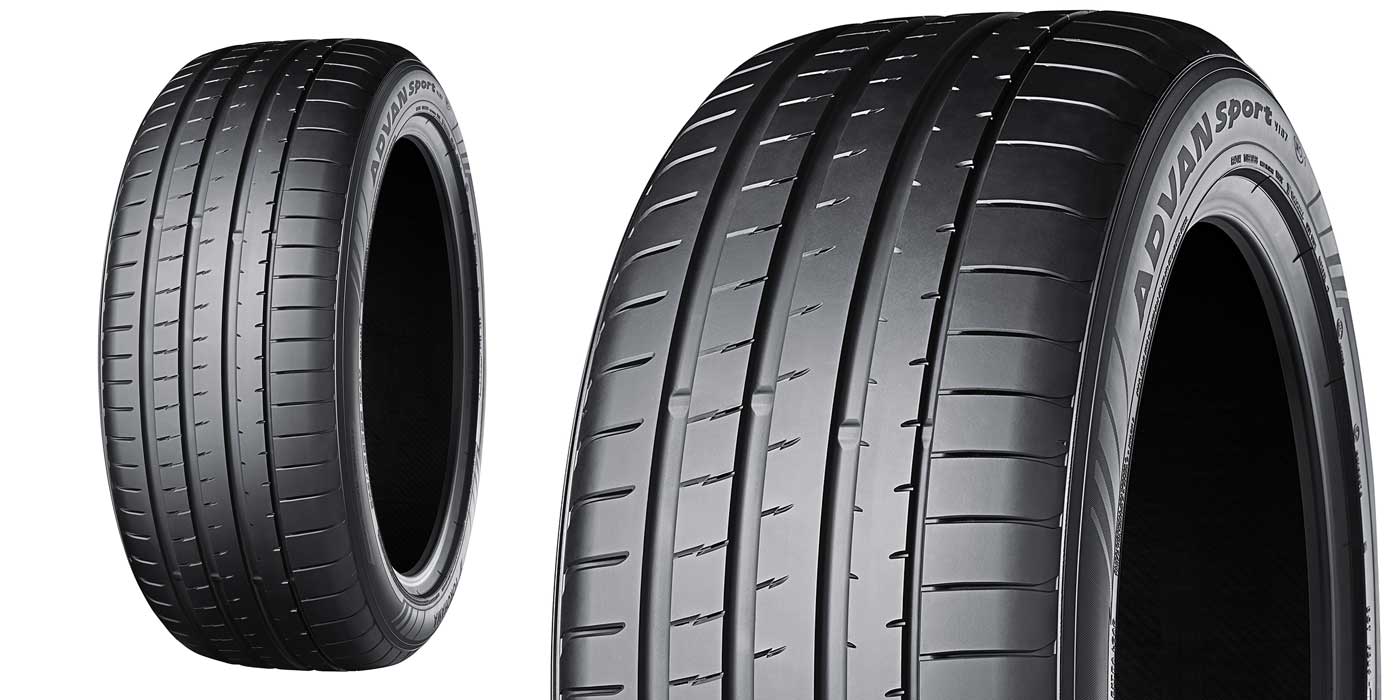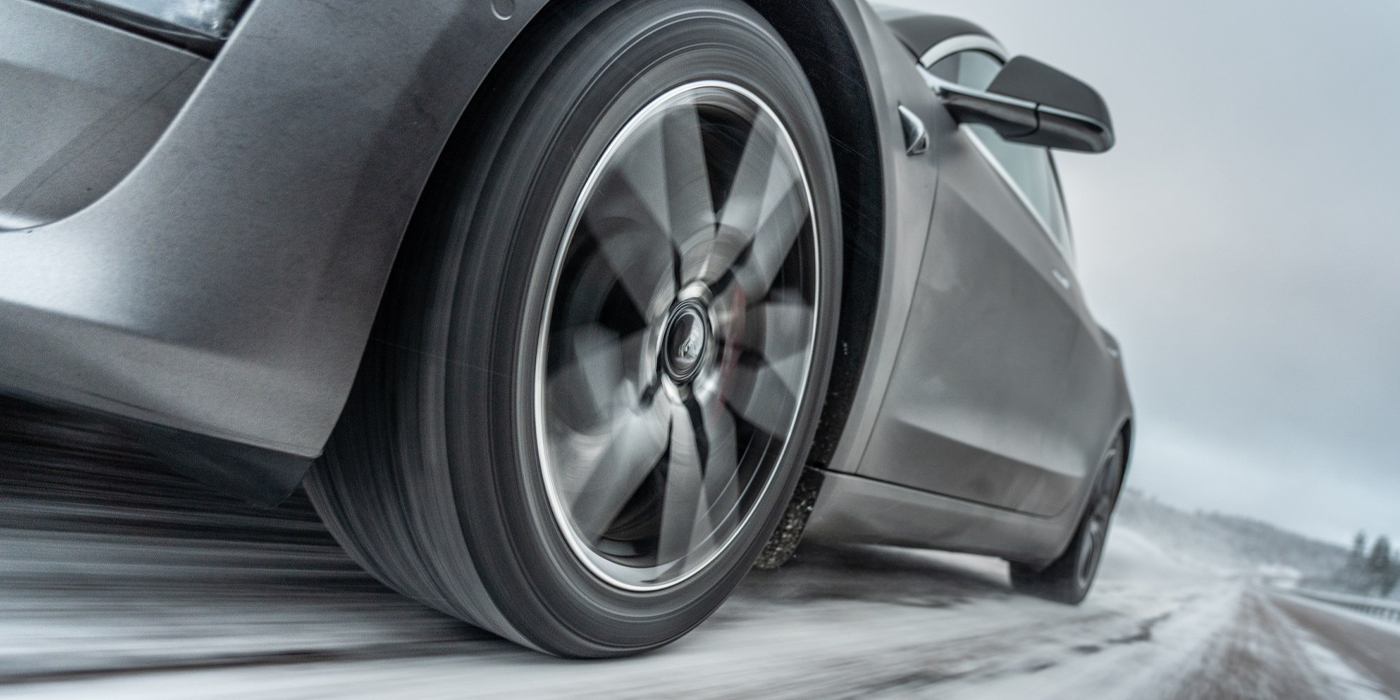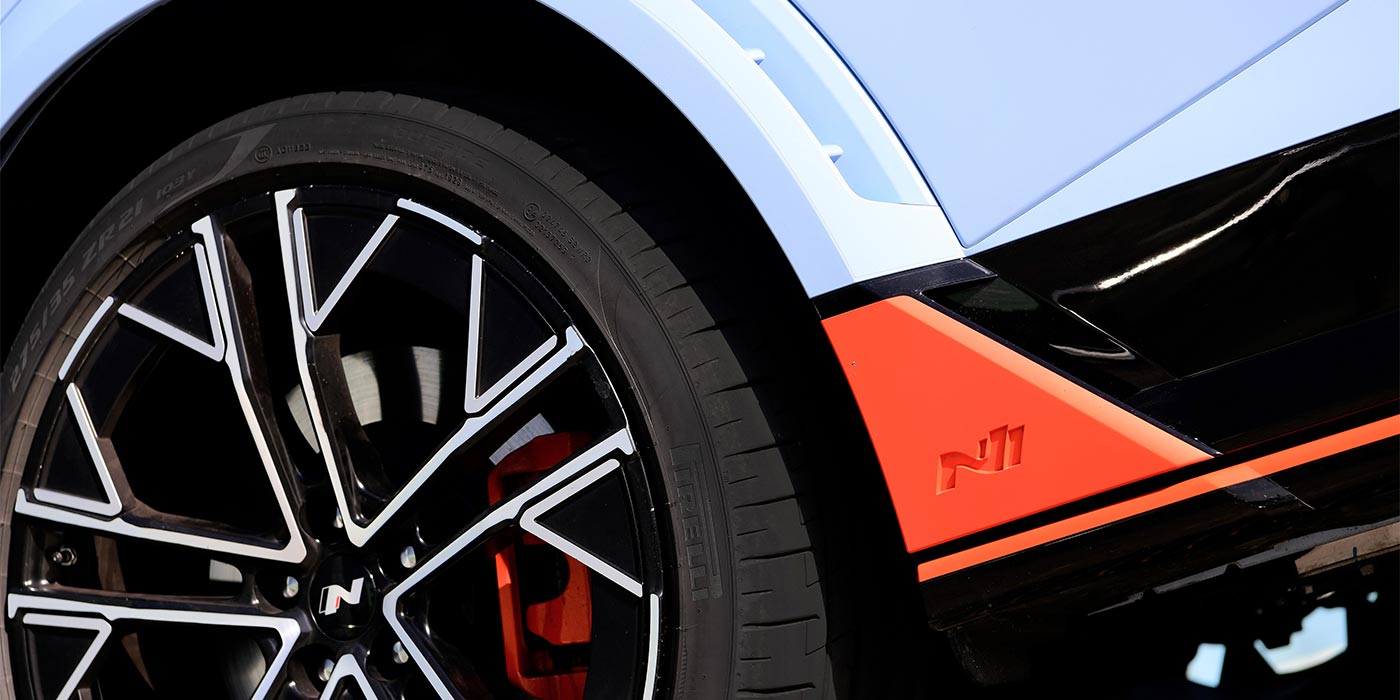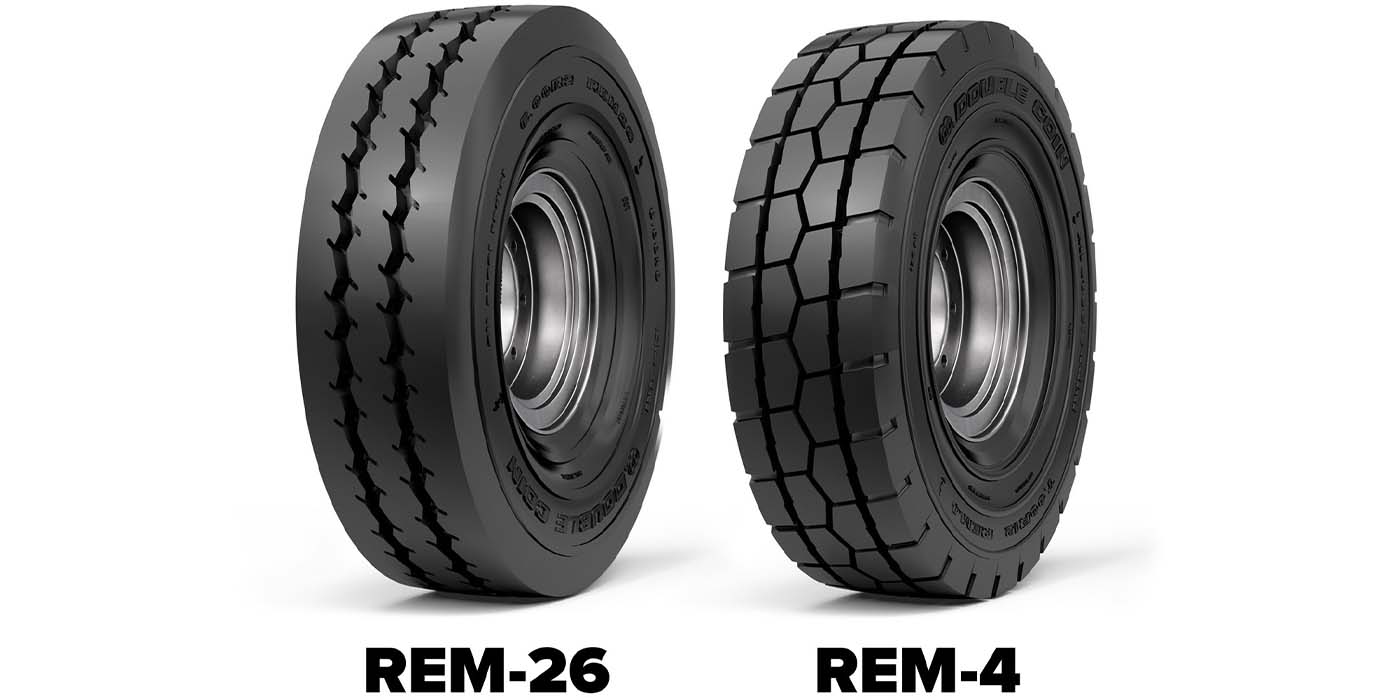Tires play a vital role in a vehicle’s energy consumption. At normal driving speeds, passenger tires account for up to 20% of a car’s fuel consumption.
In other words, in a passenger car, one out of every five tanks of fuel is used to overcome the tires’ rolling resistance. For a commercial truck, it can be up to 30% or more.
In real-world terms, rolling resistance can be likened to driving constantly up an incline. Lowering this imaginary incline is what reducing rolling resistance is all about. Rolling resistance technology can deliver measurable benefits in terms of fuel savings and lower CO2 emissions. Decreasing rolling resistance by 10% can improve fuel economy by 1% to 2%. But that is just one part of the equation.
Improving tire-related energy efficiency without adversely affecting tread wear, safety and tread grip is an area of great focus to most tire manufacturers today.
Tires have historically seen performance trade-offs where improving one performance factor impacts the others. For example, taking a shortcut to reduce rolling resistance might lead to increased braking distance or shorter tread life. But with today’s technology, it doesn’t have to. With today’s drive for fuel-efficient tires, some of the barriers have been broken. How is this being accomplished? Let’s start with the basics.
Improvement Options
There are three fundamental approaches a tire designer can take to lower the rolling resistance of an automotive tire: material selection, using less material (a lighter tire), and optimized tire shape and tread design to reduce strain.
Let’s look at each one, starting with material selection. The rubber compounds used in tires are reinforced, vulcanized elastomers. They are made up of polymers, which are combined with reinforcing fillers and sulphur before being cured:
• Polymers are hysteretic materials, which means that they dissipate energy when they are deformed. In layman’s terms, tires flex under pressure on the road and they get hot. This property makes the tires grip the road. Deformation-induced energy dissipation is the cause of 90% of tire rolling resistance; heat build-up can be a particular issue for commercial truck retreads.
• The reinforcing fillers help tires better resist wear (abrasions, tears) and make them more rigid (thus improving handling). Without reinforcing fillers, tires could only cover a few hundred miles in their lifetime.
When a car is driven, its tires flex repeatedly under load as they roll and the curved tread is flattened against the road surface. This flexing allows the tires to ensure comfort and tread grip. However, repeated flexing also leads to heat build-up or energy dissipation, which causes rolling resistance. The energy loss due to this repeated deformation of the rubber compounds is due only to the polymers they contain.
The other raw materials (mainly reinforcing fillers, sulphur and oils) only reveal, amplify or limit dissipation. To reduce a tire’s energy dissipation, we can either select less hysteretic polymers or increase the distance between reinforcing filler aggregates. This is easier said than done.
It is difficult to implement these material substitution solutions without compromising tire performance, especially tread grip and resistance to wear, but this currently is a research focus for most tiremakers and will provide considerable benefit to drivers.
To simplify matters, we may say that certain polymers are only slightly hysteretic (dissipative). Their grip qualities are therefore limited, but they offer low rolling resistance. Others are more hysteretic, offering better grip but also higher rolling resistance. Substituting less dissipative compounds can reduce rolling resistance, but doing this means that whenever rolling resistance is reduced, so is tread grip – a situation that tire designers cannot allow.
Since a compound’s dissipative qualities are a function of both the hysteretic properties of the rubber as well as the size, shape and quantity of reinforcing filler aggregates, modifying the filler aggregates can offer a potential way to regain some of the tread grip performance lost to low hysteretic polymers.
Historically, carbon black has been the predominant reinforcing filler material. Not only does carbon black give tires their black color, it also gives them the strength and toughness necessary to provide tens of thousands of trouble-free miles of service on an automobile.
As well as carbon black has worked over the last hundred years, it has its limitations when used with new types of low hysteresis rubber compounds. What was needed was a new class of reinforcing fillers that would perform the traditional toughening role of carbon black when used in conjunction with the new low hysteresis polymers.
Enter silica. Used for some time in ultra-high performance racing tires because of its contribution to tread grip performance, its use in mainstream tires was limited due to its less effective contribution to rolling resistance – a shortcoming not particularly important in the traditional world of racing tires. What was needed was new chemistry and new manufacturing techniques.
With the development of silane coupling agents and new mixer technologies, tire manufacturers can now use silica to replace most of the carbon black (we still want tires to be black) and get good rolling resistance performance, good tread grip and good wear simultaneously.
Using Less Materials
To push tire performance even further, engineers can look at the amount of rubber in a tire – less rubber flexing leads to less energy dissipated over the whole tire. There are beneficial ways to reduce the amount of rubber in a tire and there are non-beneficial ways to reduce the amount of rubber in a tire.
The easiest – and probably worst way – to reduce the amount of rubber in a tire would be to reduce the tread volume. The tread represents the largest volume of rubber in a tire and the largest contributor to rolling resistance; therefore, it receives a lot of attention from designers interested in reducing a tire’s rolling resistance.
Reducing the tread depth or narrowing the tread width can both dramatically reduce the volume of tread rubber on a tire and dramatically reduce the rolling resistance. Unfortunately, both of these approaches will have negative effects on a tire’s wear life and perhaps its grip capabilities, as well as its ability to resist road hazard damage.
Other rubber volume reductions can be accomplished in the tire sidewall and bead areas by making these parts thinner. While there is a potential rolling resistance advantage to these changes, that potential is less, due to both the lower volumes of these rubbers on a tire and the lower level of potential hysteresis savings. There are also potential negative impacts on a tire’s road hazard durability performance from making these changes.
Shape and Tread Design
These potential negative impacts lead us to the third approach that tire designers have at their disposal: mechanical design. Shape optimization – designing the shape of the tire to minimize the amount of flexing encountered as the tire rolls into and out of contact – will minimize the amount of strain the tire endures and can compensate for the road hazard resistance and endurance performance that would be lost if the thicknesses were simply reduced without shape optimization.
Another area where mechanical design can benefit tire performance is tread design, particularly tread block design. Computer modeling and precise measurement technologies allow tire designers to better understand, and therefore better control, how the tread deforms and resists forces in the contact patch. After all, those four little contact patches are the only thing holding a multi-ton vehicle to the ground at highway speeds in all climatic conditions – wet, dry, snow and ice.
Making tread blocks stiffer through mechanical design improves traction and handing, improves wear and reduces rolling resistance. The wear and handling improvements from tread block stiffness actually allow some reduction in tread depth without the previously mentioned trade-offs, thereby enabling even more rolling resistance improvement.
The secret to being able to simultaneously deliver improved environmental performance (rolling resistance) with high levels of safety (tread grip and road hazard resistance) and consumer value (wear) is using all the tools available to us as tire designers. No single technology offers the silver bullet that will solve all of our challenges. Intell-igent design and continued development of new materials, tools and manufacturing processes is necessary.
Whether accelerated by environmental concerns or fuel availability and prices, consumers, auto makers and the government will continue to challenge tire manufacturers to lower rolling resistance in the coming years.
In turn, tire designers will continue to push the limits of technology to further minimize performance trade-offs.
Thankfully, there are several tire manufacturers who have already made progress and achieved great successes battling performance trade-offs. Even now, consumers have a wide variety of tires to consider depending on their needs, including tires with low rolling resistance combined with excellent tread grip and tread life.













